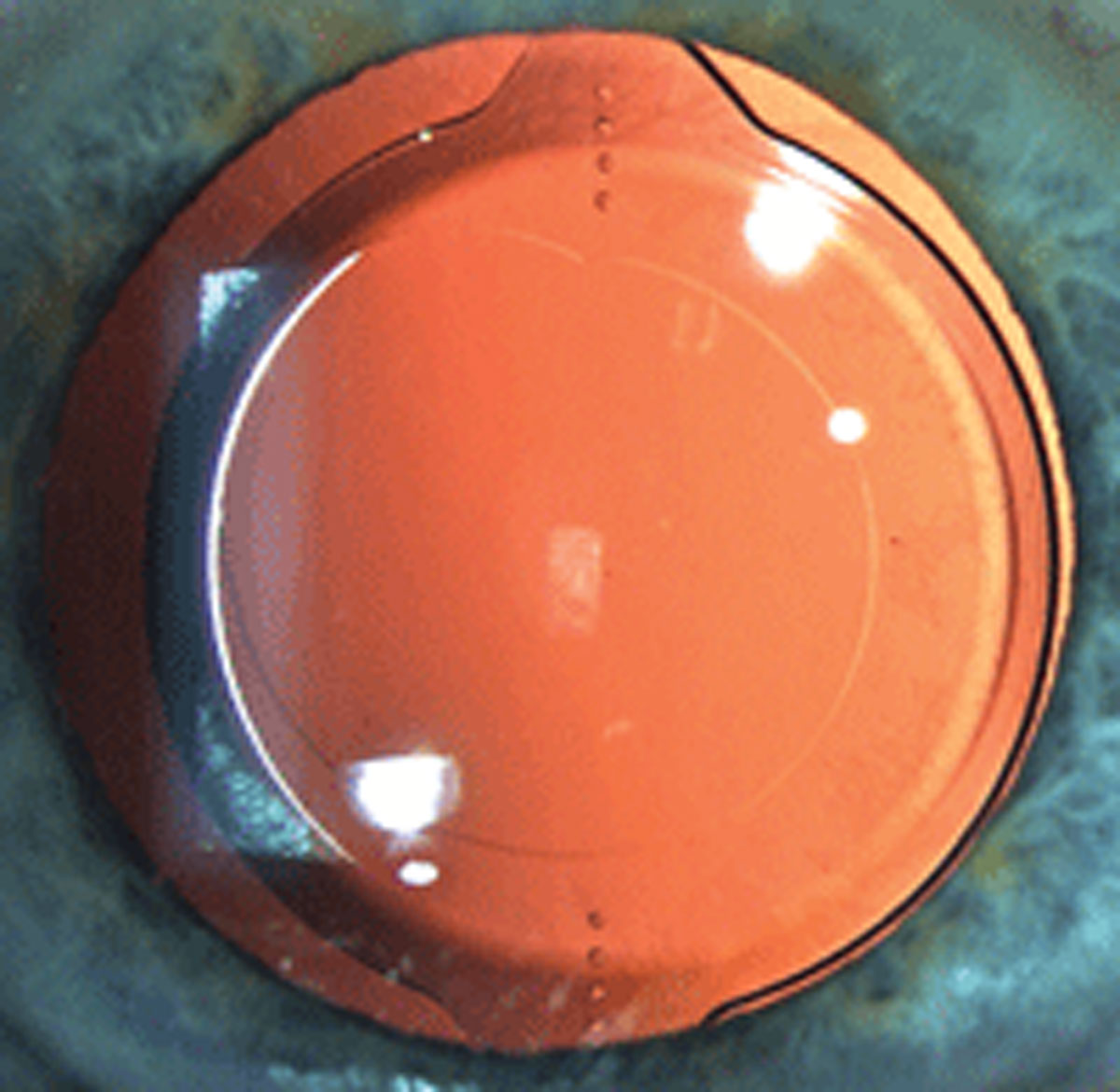 |
Predicted refractive astigmatism was shown to effectively aid in cataract surgery evaluation and determination of potential IOL outcomes. Click image to enlarge. |
When comanaging cataract patients, optometrists must be able to answer questions about post-op visual acuity with as confidently as possible and give the surgeon accurate data that will help with IOL selection, which can be difficult for patients with astigmatism who’ll receive a toric lens. Standard and total corneal astigmatism measurements differ significantly from predicted refractive astigmatism, according to a recently published study comparing predicted pseudophakic and measured corneal astigmatism. The authors recommended using the predicted refractive astigmatism instead as the reference guide for astigmatic correction with toric IOLs.
The retrospective, cross-sectional study measured 8,152 eyes of cataract surgery candidates with a swept-source OCT biometer. Eyes received monofocal non-toric IOLs. Implantation was calculated using the Barrett toric calculator’s predicted posterior corneal astigmatism and measured posterior corneal astigmatism options.
Table 1 summarizes the mean vector values (centroid). All centroid value differences were significant among the four groups for both eyes. The authors wrote in their paper that more than 73% of eyes had a predicted refractive astigmatism of less than half a diopter.
The authors pointed out that total corneal astigmatism measurements and predicted refractive astigmatism aren’t interchangeable on the Barrett toric calculator. Additionally, they wrote that total corneal astigmatism alone, while a better reference than keratometry astigmatism alone, still may not be the best reference for determining the need for toric IOL implantation, due to factors such as physiological IOL tilt.
“We recommend calculating the predicted refractive astigmatism as part of the routine preoperative assessment of candidates for cataract surgery as well as those for refractive lens exchange in order to determine the requirement for toric IOL implantation,” the authors wrote.
Table 1. Mean Vector Values
OD | OS | |
Keratometry Astigmatism | 0.07D @ 19.5˚ | 0.02D @ 150.3˚ |
Total Corneal Astigmatism | 0.27D @ 7.5˚ | 0.23D @ 169.7˚ |
Predicted Posterior Corneal Astigmatism | 0.44D @ 2.9˚ | 0.4D @ 179.4˚ |
Measured Posterior Corneal Astigmatism | 0.43D @ 179.3˚ | 0.42D @ 169.5˚ |
Abulafia A, Barrett GD, Porat-Rein A, et al. Measured corneal astigmatism versus pseudophakic predicted refractive astigmatism in cataract surgery candidates. Am J Ophthalmol. March 11, 2022. [Epub ahead of print]. |

